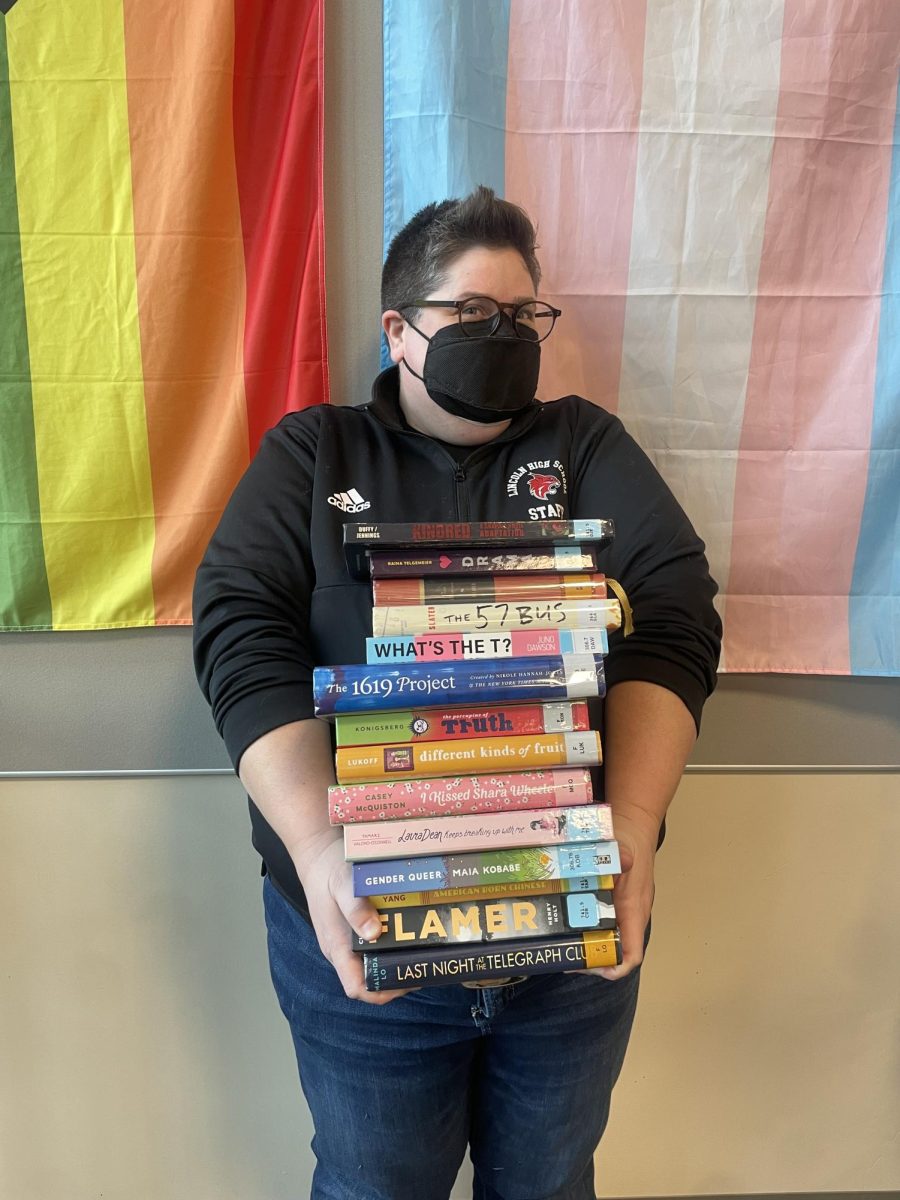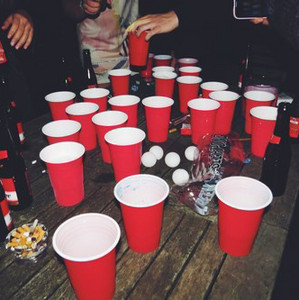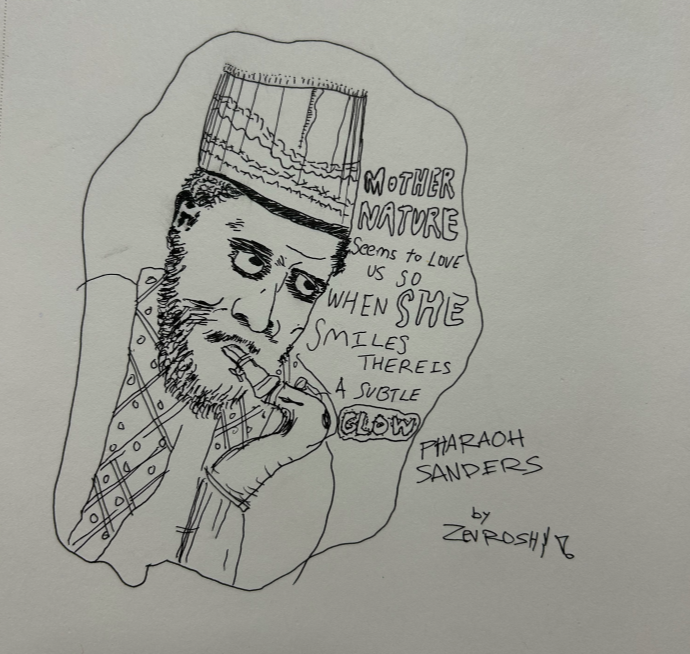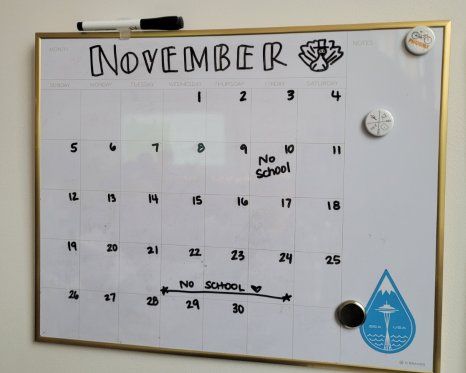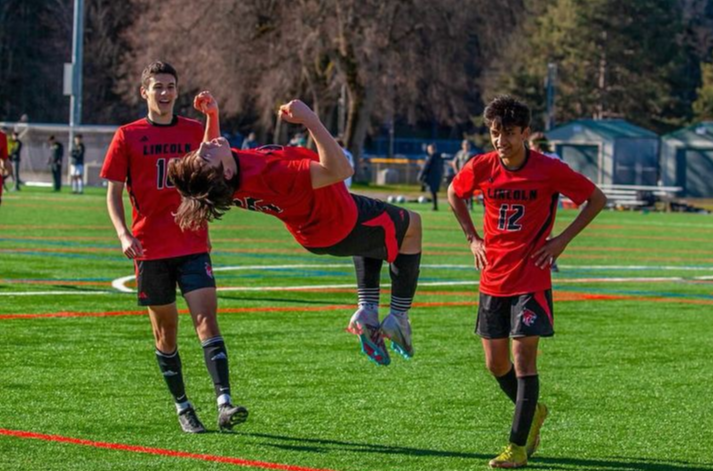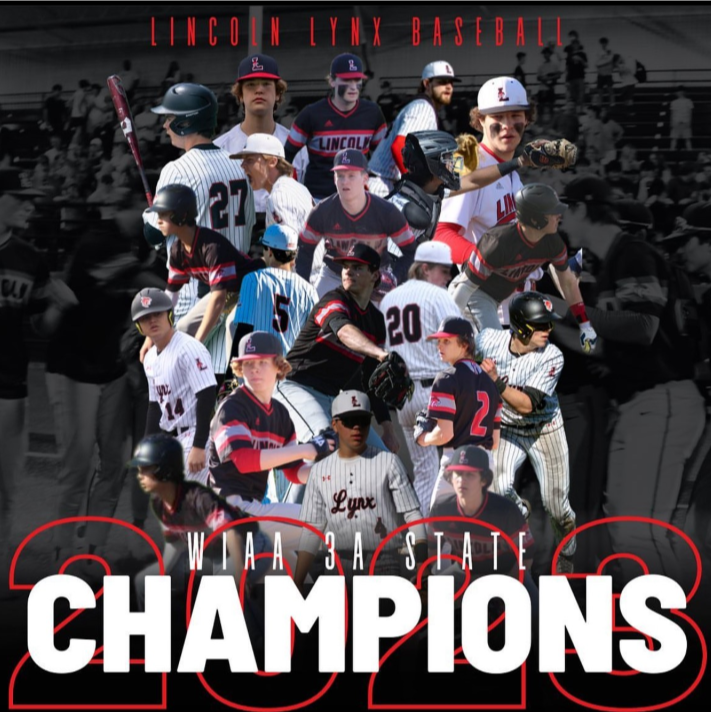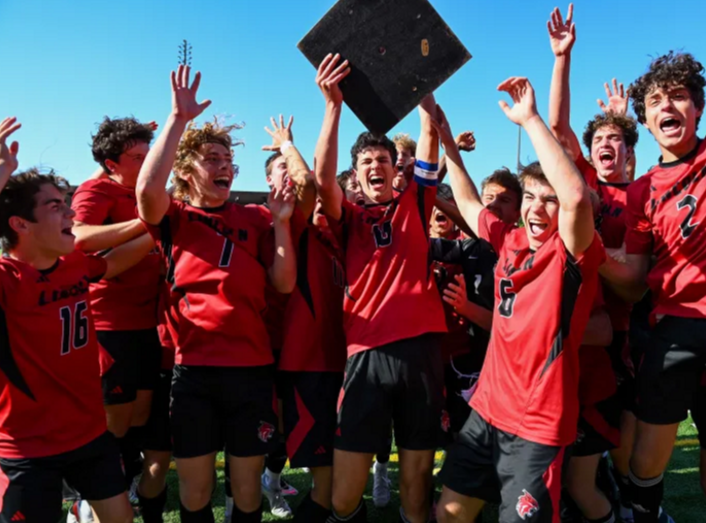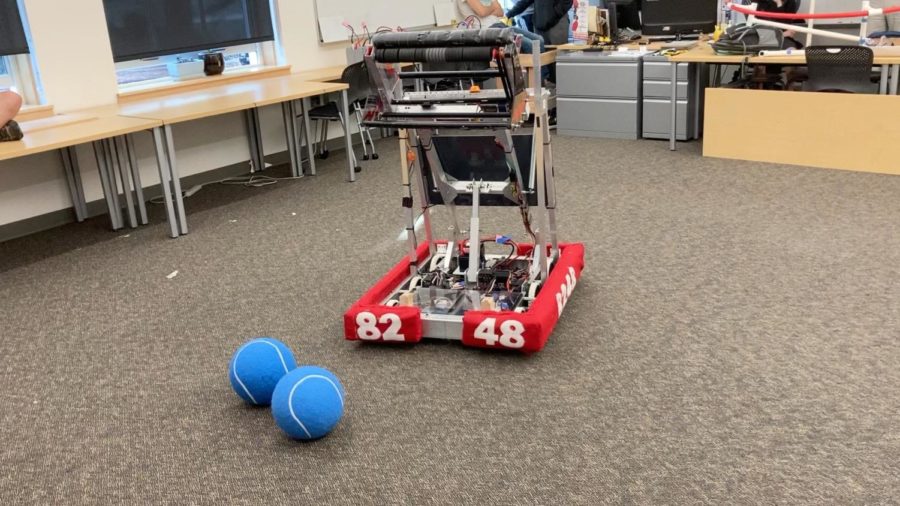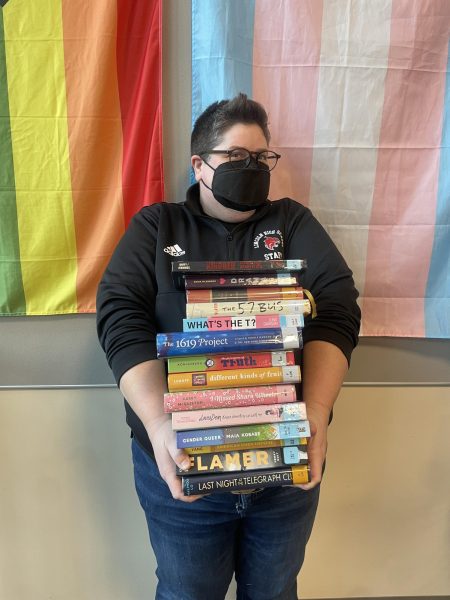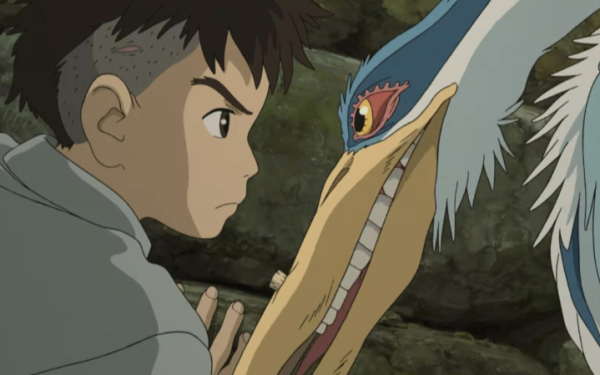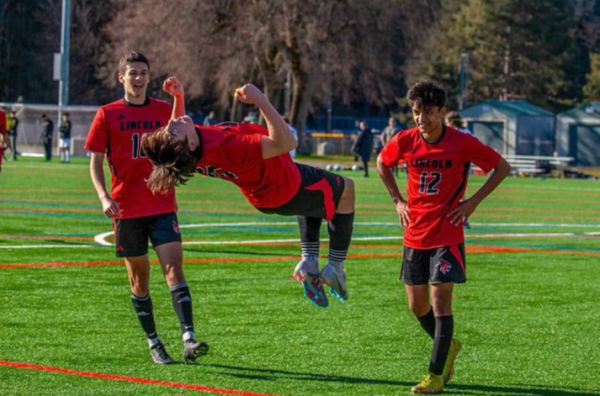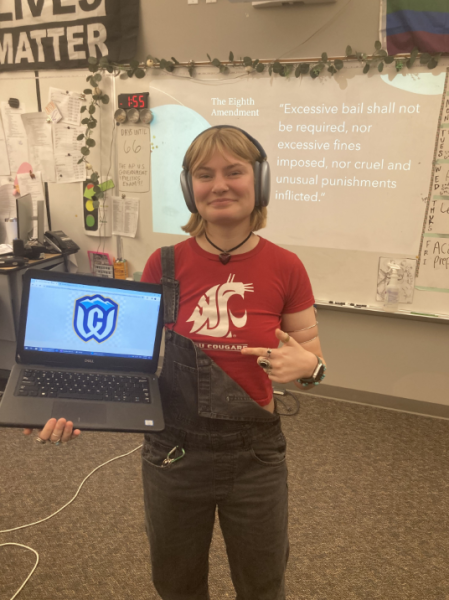ChainLynx Compete in Washington Girl Generation Competition
October 17, 2022
On October 8th and 9th, the ChainLynx (our Lincoln Robotics team) participated in their first competition of the year!
Annika Baldwin, a member of the robotics team, spoke to me the day before the competition while wrestling with a sewing machine to repair their bumper covers. I asked her if she felt the team was ready for the competition. “We are and we aren’t,” she told me, explaining that “the robot has been through a lot and we haven’t had time to repair it.” Nathaniel Clark Banse, another club member, added that, last competition, many of the robots rivets (fasteners) had broken and the team was working up until the last minute to repair them.
Everyone I talked to mentioned that there are a lot of new members this year, so the club has been focused on training them. For some, “it’s their first time being exposed to this kind of event, so they’re also very excited to show off what they’ve been working on so far,” one team member told us.
He also explained how this competition differs from others. “The competition is called the Washington Girl Generation. It’s an off-season competition and the reason it’s named that is because it’s made for people of genders that aren’t quite [as] represented so they can take the spotlight. Not to mention, our drive team is all non-cis males.”
Nathaniel shared that he was feeling confident and he knew the leadership could handle challenges. I asked him if he thought the focus of the Washington Girl Generation was necessary or not. “100% necessary,” he told me, explaining that “typically build team is skewed pretty far into cis-male” and that the activity “needs to be more accessible to everyone.” Everyone who I talked to agreed that the competition’s focus on people of under-represented genders in robotics was necessary. Annika shared that “Often louder people are the ones who get to do things – which often aligns with gender, but not always.” She has noticed that “[cis-guys] always seem more confident about what they are saying, even when it’s not very accurate,” and that sometimes people make assumptions that she doesn’t know certain things. This event, where “anyone taking big roles [or] doing most of the work is supposed to be under-represented” has been “really nice”. Annika was also glad that the event included “not just girls, but all under-represented genders.” She told me that “people have been really good about it,” and that it has not caused any team conflict.
The morning of the competition, the team members attending the event arrived at school at 6:00 am to drive over to the competition, a two-day event. The first day consists of qualifying matches where the robots are randomly assigned alliances of three. The teams compete to get the most balls into a central target (a hub) and can gain extra points by climbing and hanging on bars at the end of the match. The ChainLynx robot, named the Steel Stork, has strengths including an ability to consistently pick up two balls at a time, which not every robot can do. However, the component that would allow the robot to hang from the bars had broken in a previous competition, so the team had decided to remove it, allowing the robot to focus on scoring on the hub and defense. At the end of the 12 qualifying rounds, Lincoln was ranked 13th out of the 30 teams!
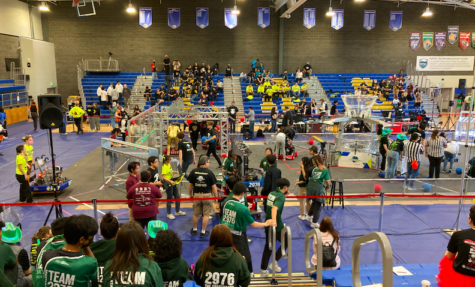
On the second day, the top 8 robots are selected as captains and pick teams of the remaining robots. 24 teams make it onto alliances and move onto the playoffs. The ChainLynx were selected as the first pick of the 8th alliance. Unfortunately, for the first round the 8th alliance is set to play the 1st alliance, which contained Jack and the Bot and the Sonic Squirrels, who ranked 1st and 5th at PNW districts last year. The ChainLynx battled, but they were sadly defeated and did not move on to the next round.
Overall, the team was proud of their performance. “Everyone works together, and it’s nice,” Annika shared, adding that she was glad that many new members were able to do things like controlling the cart. While she didn’t think that the competition was ultimately that different from a normal one, another member, Iris Litui, said that it did feel different for her. Since the drive team was all female, gender fluid, or LGBTQ+, it was smaller. She thought it was “really great and supportive,” adding that “the great things about FRC (FIRST Robotics Competition, the organization that hosts these events) is that it’s competitive but supportive.” Annika mentioned another difference, saying that “we also didn’t break our robot, which was chill. If we broke our robot every match, like we usually do, we probably would have had a lot more work to do and it would have been more intense.”
In the end, Iris concluded that it is “very important to emphasize underrepresented genders because many robotics teams, including ours, are not very diverse.” She thought that “this event is a good start, but there is still so much more that we need to do.”

